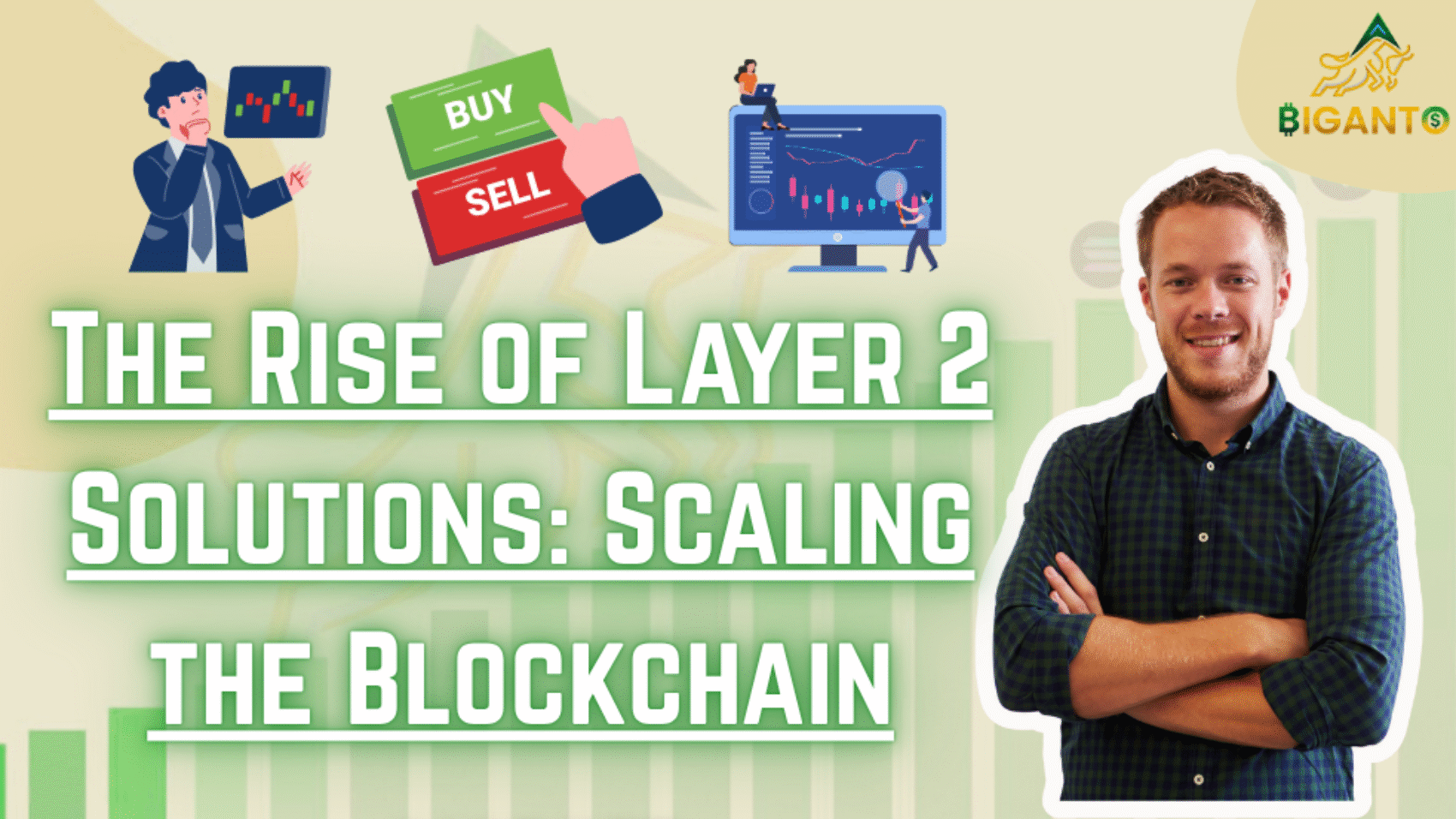Introduction
Blockchain technology has revolutionized how we think about data, value exchange, and trust. However, as adoption grows, so does the pressure on network infrastructure. Bitcoin and Ethereum—two of the most popular blockchains—face significant challenges in terms of scalability, transaction speed, and cost. Enter Layer 2 solutions, a new generation of technologies designed to address these issues without compromising on security or decentralization.
In this article, we explore the rise of Layer 2 solutions, how they work, and why they are critical for the future of blockchain scalability.
What Are Layer 2 Solutions?
Layer 2 solutions refer to off-chain scaling technologies built on top of an existing Layer 1 blockchain (like Ethereum). Instead of recording every transaction on the main blockchain, Layer 2 processes data off-chain and then posts a summary back to Layer 1. This dramatically reduces the load on the base chain, resulting in faster and cheaper transactions.
Popular Layer 2 Technologies Include:
- Rollups (Optimistic & ZK-Rollups)
- State Channels
- Plasma Chains
- Sidechains
Why Layer 2 Solutions Matter
The surge in DeFi, NFTs, and Web3 applications has put enormous strain on blockchains, causing high gas fees and network congestion. Without effective scaling, mainstream adoption remains a distant dream. Layer 2 solutions offer a scalable, cost-effective, and secure way to support millions of users without overloading the network.
Key Benefits:
- Lower transaction fees
- Higher throughput (TPS)
- Better user experience
- Maintained decentralization and security
Leading Layer 2 Projects in 2025
Several innovative Layer 2 platforms are already making significant progress:
- Arbitrum: An optimistic rollup for Ethereum, offering high-speed transactions with low fees.
- Optimism: Another major player using optimistic rollups to scale Ethereum efficiently.
- zkSync: A zk-rollup platform providing instant, low-cost transfers with Ethereum-level security.
- Polygon (Previously Matic): A robust multi-chain scaling solution offering a suite of tools including Plasma and rollups.
Use Cases Powering Blockchain Growth
Layer 2 technologies are unlocking new possibilities across various industries:
- Gaming: Seamless, low-cost in-game transactions
- DeFi: Cheaper trading, staking, and lending operations
- NFTs: Minting and trading without exorbitant gas fees
- Payments: Lightning-fast cross-border transactions
Challenges & Considerations
While Layer 2 solutions are promising, they are not without hurdles:
- Security Risks: Bugs in smart contracts or bridges can lead to exploits.
- User Adoption: Switching from Layer 1 to Layer 2 requires user education and better UI/UX.
- Interoperability: Connecting multiple Layer 2s with the main chain and each other remains complex.
The Future of Layer 2 and Blockchain Scalability
Layer 2 is no longer a theoretical concept—it’s the backbone of blockchain’s scalable future. As Ethereum 2.0 continues to evolve, and more Layer 2 solutions mature, we’ll see a new wave of decentralized applications reaching global scale.
For developers, investors, and businesses, embracing Layer 2 isn’t just smart—it’s essential.
Conclusion
The blockchain industry is at a turning point. To support mass adoption, we need infrastructure that scales efficiently without compromising on decentralization or security. Layer 2 solutions are leading that charge, unlocking the true potential of blockchain for everyday use.
If you’re building in the blockchain space, now is the time to explore what Layer 2 has to offer.
SEO Tips Implemented:
- Keywords Used: Layer 2 solutions, blockchain scalability, Ethereum scaling, zk-rollups, optimistic rollups, DeFi, NFTs, Polygon, Arbitrum, zkSync.
- Meta Description Suggestion: Discover how Layer 2 solutions are transforming blockchain scalability. Learn about rollups, sidechains, and top Layer 2 platforms like Arbitrum and zkSync.

